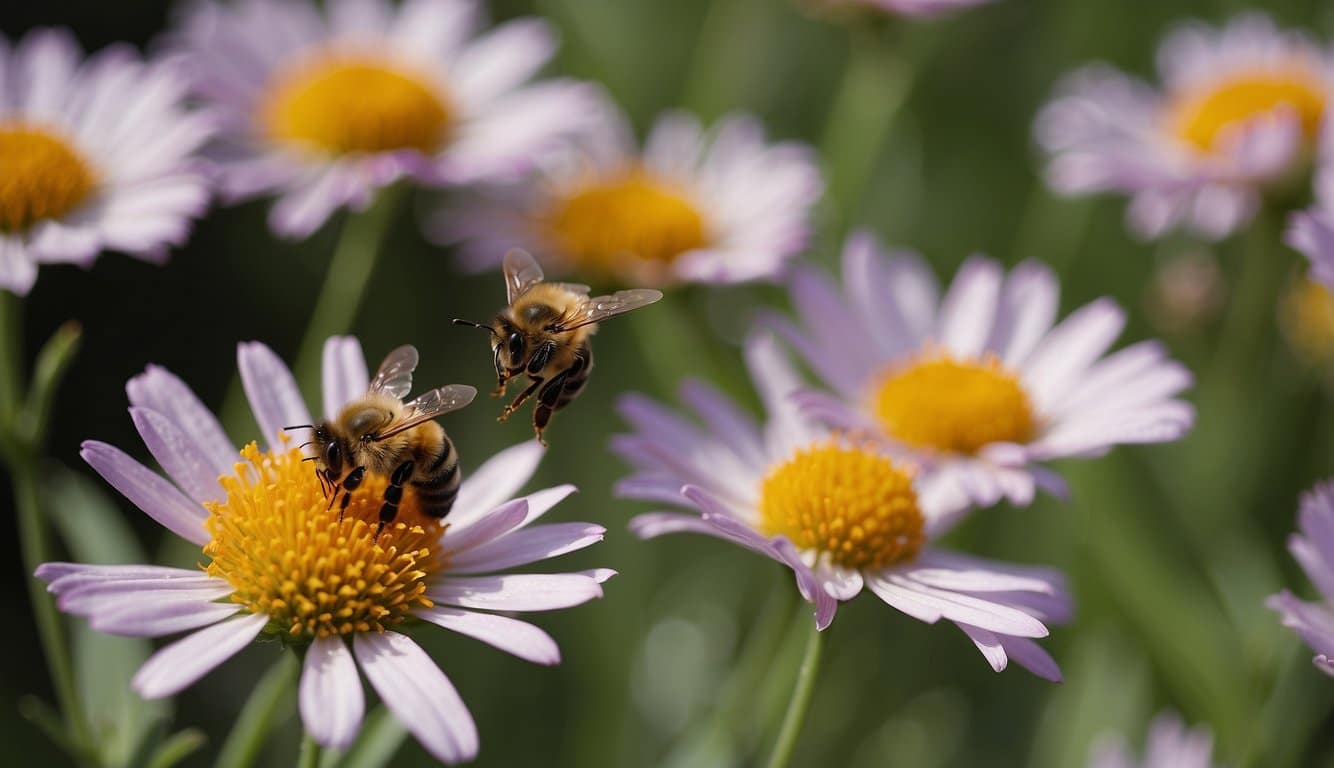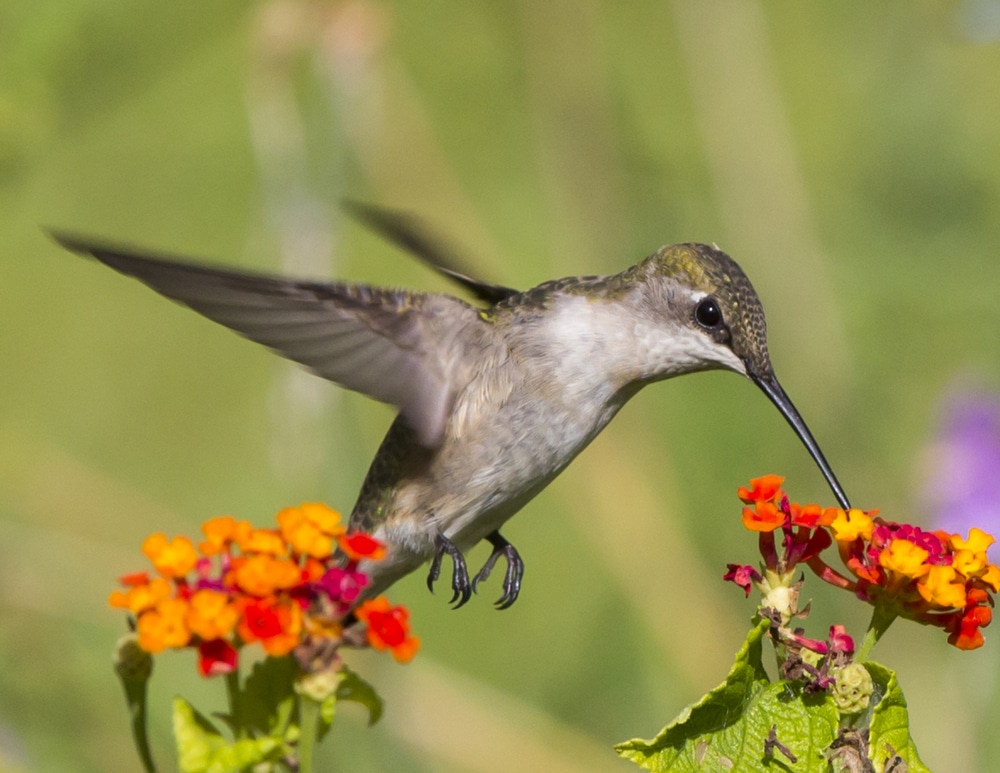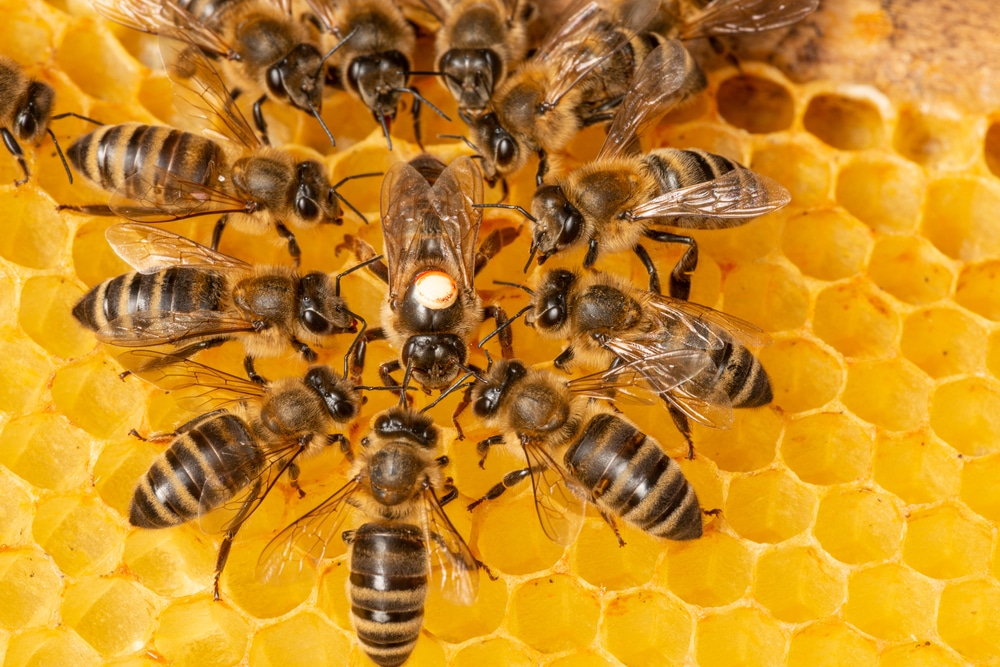20 Plants You Can Plant to Attract Pollinators
| Plant Name | Climate Zones | Watering Requirements | Pollinators Attracted |
|---|---|---|---|
| Black-eyed Susan | 3-9 | Moderate, drought-tolerant | Bees, Butterflies |
| Purple Coneflower | 3-9 | Drought-tolerant | Bees, Butterflies, Hummingbirds |
| Lavender | 5-9 | Low, well-drained soil | Bees, Butterflies |
| Butterfly Bush | 5-9 | Moderate, well-drained soil | Butterflies, Hummingbirds |
| Bee Balm | 4-9 | Moderate, moist soil | Bees, Butterflies, Hummingbirds |
| Sunflower | 2-11 | Moderate, well-drained soil | Bees, Butterflies, Birds |
| Zinnia | 2-11 | Moderate, well-drained soil | Bees, Butterflies, Hummingbirds |
| Foxglove | 4-10 | Moderate, well-drained soil | Bees, Hummingbirds |
| Cosmos | 2-11 | Low, drought-tolerant | Bees, Butterflies |
| Salvia | 4-10 | Moderate, well-drained soil | Bees, Butterflies, Hummingbirds |
| Milkweed | 3-9 | Moderate, well-drained soil | Monarch Butterflies |
| Aster | 3-8 | Moderate, well-drained soil | Bees, Butterflies |
| Joe-Pye Weed | 4-9 | Moderate, likes moisture | Butterflies, Bees |
| Yarrow | 3-9 | Low, drought-tolerant | Bees, Butterflies |
| Goldenrod | 2-8 | Moderate, well-drained soil | Bees, Butterflies |
| Catmint | 3-9 | Low, well-drained soil | Bees, Butterflies |
| Penstemon | 4-9 | Low, well-drained soil | Bees, Butterflies, Hummingbirds |
| Sedum | 3-9 | Low, drought-tolerant | Bees, Butterflies |
| Phlox | 4-8 | Moderate, moist soil | Bees, Butterflies |
| Snapdragon | 7-11 | Moderate, well-drained soil | Bees, Butterflies |
Why Pollinators are Important
Attracting pollinators to your garden is not only beneficial for plant growth and sustainability, but it’s also a critical factor in maintaining the health of our ecosystem.
Diverse pollinators, ranging from bees and butterflies to birds and bats, play an integral role in the reproduction of many flowering plants.
Understanding what lures these beneficial creatures can greatly enhance the vibrancy and productivity of your garden.
To draw in these essential visitors, your garden should cater to their needs.
Offering a variety of plants that provide nectar and pollen is a fundamental step.
Certain characteristics of flowers, such as their color, fragrance, and shape, are particularly enticing to different pollinator species.
For instance, bees are attracted to yellow flowers, while butterflies prefer clusters of small flowers where they can easily perch.
Moreover, the structure of your garden plays a pivotal role in providing a welcoming environment for pollinators.
Incorporating native plant species, which are often well-suited to local pollinators, alongside non-native varieties can broaden the appeal of your garden.
Integrating plants with nectar-rich flowers and setting them in a thoughtfully designed layout with accessible color schemes will ensure that your garden becomes a haven for these invaluable creatures.
Fundamentals of Pollination
Understanding the Fundamentals of Pollination involves recognizing the intricate relationship between plants and their pollinators.
It’s the vital process that leads to the production of seeds and fruit, ensuring plant species thrive.
Flowers and Their Structures
Your awareness of flower structures is essential in grasping how pollination works.
Flowers are not just visually appealing; they are biochemical powerhouses designed for reproduction.
The male part of the flower, known as the stamen, consists of anthers perched on filaments. Anthers are where the pollen is produced.
On the other hand, the female part, or pistil, contains the stigma, which is designed to catch pollen. The ovary lies at the base of the pistil, ready to develop seeds once fertilization occurs.
Pollination Process
The Pollination Process starts when pollinators such as bees, butterflies, and birds transport pollen grains from one flower’s anthers to another’s stigma.
This can happen within the same flower or between flowers.
When pollen from an anther is deposited onto the stigma of a flower, fertilization is possible, and the development of seeds and fruit can commence.
This process can be classified as either self-pollination or cross-pollination based on whether the pollen is from the same plant or a different one.
Attraction Strategies
In creating a pollinator-friendly garden, you must leverage specific strategies that appeal to the sensory preferences of pollinators.
These strategies are split into visual and olfactory cues that can significantly enhance your garden’s attractiveness to these vital creatures.
Visual Cues
Plants employ vibrant visuals to advertise their resources to pollinators. Key visual attractants include:
- Bold Colors: Bright colors are highly effective in attracting bees, with yellow and blue being particularly appealing.
- Patterns: Flowers often have distinctive patterns, known as nectar guides, that direct pollinators to the source of nectar.
Some plants, such as trout lilies, exhibit showy tepals, a blend of petals and sepals, which catch the eye of passing pollinators.
Olfactory Cues
Scents serve as aromatic beacons for pollinators. Essential scent-related attractants include:
- Floral Fragrances: Many flowers emit specific scents that can be detected by pollinators from a distance, guiding them to the flower.
- Pheromone Mimicry: Some plants emit chemicals that mimic insect pheromones to lure pollinators effectively.
By integrating plants that feature a mix of these visual and olfactory cues, your garden can become a haven for a variety of pollinators, each with their unique preferences.
Pollinator Behavior
Understanding pollinator behavior is essential for creating environments that attract and support these vital creatures. Their patterns and preferences are key determinants of their role in ecosystems.
Foraging Patterns
Pollinators such as bees and butterflies exhibit specific Foraging Patterns that influence pollination success.
They typically visit a vast array of flowers during a single foraging trip, which increases the likelihood of cross-pollination—a critical process for plant diversity.
Certain traits determine the efficiency of pollinators; for instance, bees using dance languages can communicate the location of rich food sources to other members of the hive.
- Bees: Dance to relay precise information about food location.
- Hummingbirds: Rely on color recognition, preferring red blooms.
- Bats: Engage in night-time foraging, drawn to pale, night-blooming flowers.
Pollinators are enticed by a combination of flower characteristics, including color, fragrance, and nectar rewards.
Habitat Preferences
Your garden’s ability to attract pollinators is significantly influenced by their Habitat Preferences.
Pollinators require more than just food; they need habitats that provide shelter, materials for nesting, and sites for mating.
For example, solitary bees seek out tiny crevices or soft soils to lay their eggs, while butterflies need specific host plants as food for their larvae.
- Nesting Materials:
- Bees: Soft soils or woody plants for burrowing or cavity-nesting.
- Butterflies: Specific host plants for egg-laying and caterpillar sustenance.
- Shelter Needs:
- Bumblebees: Abandoned rodent burrows or thick grass clumps.
- Moths: Dense foliage for daytime hiding spots.
Seasonality and Pollinators
Creating a thriving pollinator garden requires you to understand and adjust to the environmental elements that influence pollinator activity. These factors can significantly affect the types and numbers of pollinators visiting your garden.
Seasonal Variations
Pollinators are active at different times throughout the year, and your garden must cater to these changing needs.
Spring often sees a surge in pollinator activity, as many species emerge from dormancy in search of food.
Planting a variety of early, mid-season, and late-flowering species will provide a continuous food source.
For instance, crocus flowers are valuable early-season bloomers, while asters can sustain pollinators into the fall.
| Season | Recommended Plants |
|---|---|
| Spring | Crocus, Lilac |
| Summer | Lavender, Sage |
| Fall | Asters, Sunflowers |
Geographical Impacts
Your location dictates the types of pollinators that can visit and thrive in your garden.
In different geographical regions, pollinators have adapted to local plant species.
To maximize attraction, incorporate native plants that are well-suited to your area’s climate and soil types.
Moreover, local plants are often more resilient to pests and diseases, providing reliable resources for pollinators.
Information on regional native flora can be found through resources like the Pollinator Partnership.
Frequently Asked Questions
Pollinators are drawn to plants by specific traits that fulfill their needs for nutrition and reproduction. Understanding these characteristics can significantly improve your success in attracting a variety of pollinators to your garden.
Which characteristics of flowers are known to attract pollinators?
The main characteristics that attract pollinators to flowers are color, nectar, pollen, and scent.
Flowers have evolved to become particularly appealing to their target pollinators by offering the nutritional rewards and sensory stimuli they seek.
What role do flower petals play in attracting pollinators?
Flower petals often serve as visual signals, with their bright colors and patterns specifically designed to catch the attention of pollinators.
Certain colors are more likely to attract bees, while the structure of petals can guide pollinators to the nectar and pollen.
How can gardeners create an environment that is inviting to pollinators?
To create an inviting environment for pollinators, gardeners should include a variety of plant species that bloom at different times, thus providing a consistent food source.
It’s also crucial to establish clean water sources and minimize pesticide use.
What are the most effective ways to quickly attract pollinators to a garden?
To quickly attract pollinators, plant clusters of small flowers to appeal to butterflies and include plenty of yellow flowers, known for attracting bees.
Selecting plants that bloom concurrently can provide an immediate influx of food for various pollinators.
Which types of plants are particularly effective in attracting pollinators?
Plants with tubular flowers are excellent for hummingbirds, and native plants are particularly advantageous as they have co-evolved with local pollinator species.
Shrubs and trees also contribute to supporting a broader range of pollinators.
How do floral traits differ in their effectiveness to attract various pollinators?
Floral traits, such as color and scent, differ in effectiveness depending on the pollinator.
For example, bees are typically attracted to blue and yellow flowers, while hummingbirds prefer red hues.
The shape of the flower can also either invite or deter specific pollinators based on their feeding mechanisms and preferences.
Last update on 2025-06-06 / Affiliate links / Images from Amazon Product Advertising API





